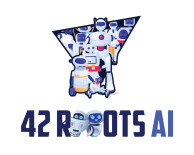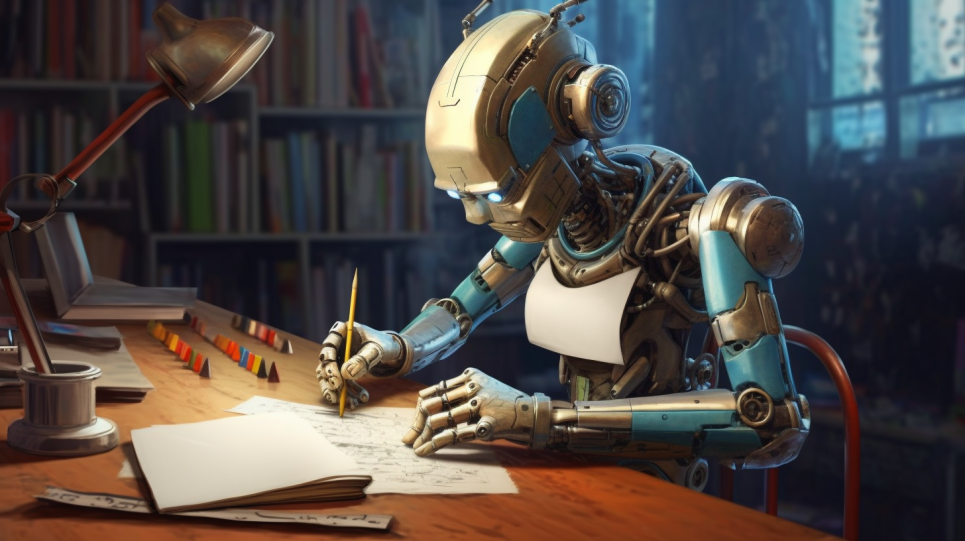How do Text to Image AI Models Work?
Text-to-image AI models are a type of generative model that can create images based on textual descriptions. These models typically use deep learning techniques, such as neural networks, to learn the associations between text and visual content. They are trained on large datasets of text-image pairs, where they learn the patterns and structures that correspond to the textual descriptions.
Here is a high-level overview of how text-to-image AI models work:
Tokenization and Embedding:
The input text is first tokenized into words or smaller units, such as subwords or characters. These tokens are then converted into numerical representations, called embeddings, which can be fed into the neural network.
Encoder:
The text embeddings are passed through an encoder, which is typically a type of neural network (such as a Transformer or a recurrent neural network). The encoder processes the input text and generates a high-level, context-aware representation of the text, which captures the essential features and semantics of the input.
Decoder:
The decoder is another neural network that takes the high-level text representation from the encoder and generates an image. It does this by producing a series of feature maps, which are then used to build the final image. The decoder may use architectures such as convolutional neural networks (CNNs), generative adversarial networks (GANs), or variational autoencoders (VAEs).
Loss Function and Training:
The generated image is compared to the ground truth image (i.e., the correct image associated with the input text) using a loss function. The loss function quantifies the difference between the generated image and the ground truth image. During training, the model learns to minimize this loss by adjusting its parameters, which helps improve the quality of the generated images.
Sampling and Post-processing:
Once the model is trained, it can generate images for new text inputs. The output image is usually obtained by sampling from the probability distribution of pixel values produced by the decoder. Some post-processing techniques, such as upsampling, denoising, or colorization, may also be applied to refine the generated image.
What are the Most Popular Text to Image AI Models?
-
DALL-E, by Open AI
-
Stable Diffusion
-
Midjourney
-
DreamStudio
-
Dream by Wombo
-
Jasper Art
-
Nightcafe
-
…Many More!
What is the best AI Image Generator?
It is the opinion of 42 Robots (and many others), that in May of 2023, for quite some time Midjourney is the best overall AI Image Generator.
What are Common Problems with Image AI Models?
Text to Image AI models are amazing, but most come with some common problems:
1) Two Heads
Some of the image AI models produce people with 2 heads. Obviously, this is a significant issue. Fortunately, it appears less and less common.
2) Not Showing Full Body
AI models tend to want to show just the upper body, so you often have to be very specific to get a full body image.
3) Garbled Faces
Faces often come out clearly not right. This is improving rapidly. Midjourney does a great job of creating realistic faces.
4) Extra or missing fingers or hands
Hands are very difficult for AI to get consistently right. Sometimes whole hands are missing and sometimes the AI model has created a 6 fingered person. Also, getting better rapidly.
What are Good Use Cases for Text to Image AI Models?
Text-to-image AI models have many potential applications, including art generation, advertising, content creation, and data augmentation. However, it is important to note that the quality of the generated images depends on the quality of the training data and the architecture of the model.
Text-to-image AI models have a wide range of applications across various domains. Some good use cases include:
Art and Design:
Artists and designers can use these models to generate creative and unique visual content based on textual descriptions, which can serve as a starting point for their projects or inspire new ideas.
Advertising and Marketing:
Text-to-image models can be used to create tailored visuals for ad campaigns based on specific target audience descriptions or product features. This can help streamline the content creation process and enhance the effectiveness of marketing campaigns.
Virtual Reality and Gaming:
In virtual environments and video games, text-to-image models can generate realistic images, scenes, or objects based on user input or game narratives. This can enhance the immersive experience and facilitate the development of dynamic, user-driven content.
Data Augmentation:
Text-to-image AI models can generate additional training data for other machine learning models, particularly when there is limited visual data available. By creating new images based on text descriptions, these models can help improve the performance of computer vision models or other AI systems.
Concept Visualization:
Researchers, scientists, and engineers can use text-to-image models to visualize abstract concepts or complex ideas that are difficult to represent graphically. This can aid in communication, education, and knowledge transfer.
Content Creation and Storytelling:
Text-to-image models can help create engaging multimedia content, such as illustrations for books, articles, or social media posts. They can also be used in storytelling by generating visuals based on narrative descriptions, helping to bring stories to life and enhance the reader’s experience.
Fashion and Retail:
Text-to-image AI models can generate images of clothing or accessories based on textual descriptions of styles, materials, or colors, which can be useful for fashion designers or online retailers to showcase their products.
Customized User Experience:
Text-to-image AI models can be integrated into user interfaces to generate personalized content or recommendations based on user preferences or input.
Which AI Models can do Image to Text?
Some AI models go in the reverse direction, Image to Text. In other words, they are AI models that can describe an image. GPT-4 and Midjourney both do this. There are other Image to Text AI Models.


